amiibo outlived competitors that spawned them and will continue to do so - TechnW3
There are currently 186 amiibo figures, plus hundreds of amiibo cards.
Nintendo's amiibo figures are one of the most Nintendo things out there with the unique ability for toys to interact with video games. Yet, they weren't even Nintendo's original idea. The Japanese gaming company only produced them in response to the toys-to-life sensation created by Skylanders and enforced by Disney Infinity. Nintendo's amiibo competitors have all passed on, and yet new amiibo still get produced every year.
There was a time when every new Nintendo game had amiibo compatibility, but it's hit and miss now. On top of that, fewer amiibo are getting produced. So what does that mean for these little collectibles? Will Nintendo stop selling them completely? Or will they be a staple for Nintendo going forward? To answer that, we'll look at the history of amiibo, evaluate their current status, and end on their future prospects.
Spyro's Skylanders start a new fad
It's crazy to think that amiibo have been around for seven years now. Crazier still that they were actually a response to Toys for Bob's Skylanders toys. Nintendo was not only late to video game toys-to-life fad but seemed to drag its feet toward the production of what would eventually become amiibo the whole time.
The funny thing is, Activision initially wanted to partner with Nintendo over its RFID figure idea, but Nintendo wasn't comfortable committing to it.
Colin Campell of Polygon wrote a great article on the story behind Skylanders back in 2014, which I highly recommend you read. But here's the gist of it. Fred Ford and Paul Reiche were the creative minds behind this new unique video game toy. After Activision acquired several game franchises, including Spyro, the two men were asked to pick a property from one of the new acquisitions and create a game around it. Spyro was chosen, and the idea to create toys that interacted with the video game soon followed.
The funny thing is, Activision initially wanted to partner with Nintendo over its RFID figure idea, but the Japanese gaming company didn't feel comfortable committing fully to the toys. After some time, Skylanders found their way onto store shelves in 2011, and the figures went on to become a big success. The toys-to-life craze was born. Soon Disney Infinity, Nintendo, and Lego Dimensions followed suit with their own video game figures.
amiibo enter the ring and still stand
Nintendo first dabbled with the scannable toy idea in 2013 with Pokémon Rumble U NFC Figures, brittle collectibles that came hidden in Poké Balls, so you didn't know which one you were buying. These didn't catch on very well, but fortunately, that didn't deter Nintendo. The first amiibo finally released in 2014 to great success and many more followed.
Ironically, amiibo have outlived the competitors who spawned their existence.
While Skylanders started a brand new craze and become a multimillion-dollar franchise, its success only lasted a few years. Sales eventually fizzled, and currently, both the figures and games are no longer in production. Lego Dimensions and Disney Infinity died out likewise. Meanwhile, amiibo stand alone in this toys-to-life wasteland and continue to live on.
So, why do amiibo do so well? That's due to a number of factors. For example, unlike Skylanders and Disney Infinity which required a portal accessory for scanning, the Nintendo Wii U and now the Nintendo Switch allow players to directly scan the toys with the console. Getting rid of that bulky middleman makes using these figures much more convenient. These amiibo also work with a wider range of Nintendo games instead of being tied solely to one franchise, so they have larger usability.
| Toys-to-Life franchise | Initial release |
|---|---|
| Skylanders | October 14, 2011 |
| Disney Infinity | August 18, 2013 |
| Nintendo amiibo | June 10, 2014 |
| Lego Dimensions | September 27, 2015 |
Unlike Skylanders, Nintendo already had loads of nostalgia behind it that appealed to a wide age range. Additionally, their quality design makes them feel more like collectibles than cheap toys, so both kids and adults bought them. Now Disney obviously had a big nostalgia factor too, but Nintendo was already rooted in the gaming world with quality franchises. Not to mention, collectibles for Nintendo characters were harder to come by unless you were looking for Mario or Pokémon. But with amiibo, we suddenly had access to quality figures from Metroid, Monster Hunter, Zelda, Animal Crossing, and more. Today, they're still selling well, whether used or new.
Still going strong-ish
Used and new amiibo are still considered valuable, while most Skylanders and Disney Infinity figures aren't worth much at all.
I remember entering Toys R Us (RIP) in 2015 and looking at the walls of amiibo figures lining the shelves. There had been an initial boom where the figures had become hard to collect (whether due to intended scarcity or underestimating their popularity is debatable), and then sales of amiibo seemed to slow down, and there was an overabundance in stores.
Strangely enough, those unpopular amiibo that first made it to the clearance sections suddenly became rare and thus valuable for completionist collectors. Then amiibo collecting seemed to pick up again when The Legend of Zelda: Breath of the Wild released in 2017 along with its set of figures. Today, the amiibo community is still going strong, as evidenced earlier this year when Ninty Media's unofficial amiibook on Kickstarter managed to garner the equivalent of $49,371 USD when it had only needed the equivalent of $4,094 to meet its goal. Today, used video game stores and eBay sellers can make a good profit selling just about any new or used amiibo, some of which sell for $300 or more. Meanwhile, most Skylanders and Disney Infinity figures aren't worth much at all.
Even though Nintendo isn't pumping out nearly as many amiibo as it did when the figures first arrived on store shelves, it continues to produce a handful each year. This is partially due to the fact that Nintendo intends to create a figure for each Super Smash Bros. Ultimate fighter, and we're still waiting for some of the DLC characters to release.
Some amiibo are far more popular than others. Notably, when more obtuse Smash Bros amiibo land on store shelves, it's only dedicated fans who go after them. Then there are big hits like the Zelda & Loftwing amiibo or the Animal Crossing Sanrio amiibo cards. Every single time they've become available at various retailers, the stock runs out within minutes. Not to mention, the Sanrio cards had a horrible US launch that made it difficult for people to buy them.
Will amiibo outlive us all?
I personally think it's very unlikely that Nintendo will stop producing these moneymakers, especially when they sell at a high price and don't cost that much to produce in large batches. However, I think going forward, the company will be more selective with which figures it creates. The Legend of Zelda amiibo in particular are quite popular, so I'm sure we'll see some more figures when the Breath of the Wild sequel releases.
But how much longer will amiibo last? At the very least, I'm sure we'll continue to see new amiibo for the rest of the Switch's lifespan. After that, it comes down to whether or not Nintendo will think it's worth it to include NFC scanning in its next-gen console. My guess is that NFC scanning will be dropped but that amiibo will continue to live on in a slightly different form from what we currently know them as. Perhaps they'll solely become collectibles without NFC chips. Or maybe Nintendo will find a new way for them to interact with future hardware. At any rate, it's easy money for Nintendo, so it would make sense for amiibo to continue on.
Viva amiibo!
What do you think about the future of amiibo? Are you a big fan of these collectibles? Do you think they'll be around much longer? Tell us about it in the comments below.
from iMore - Learn more. Be more.
via TechnW3
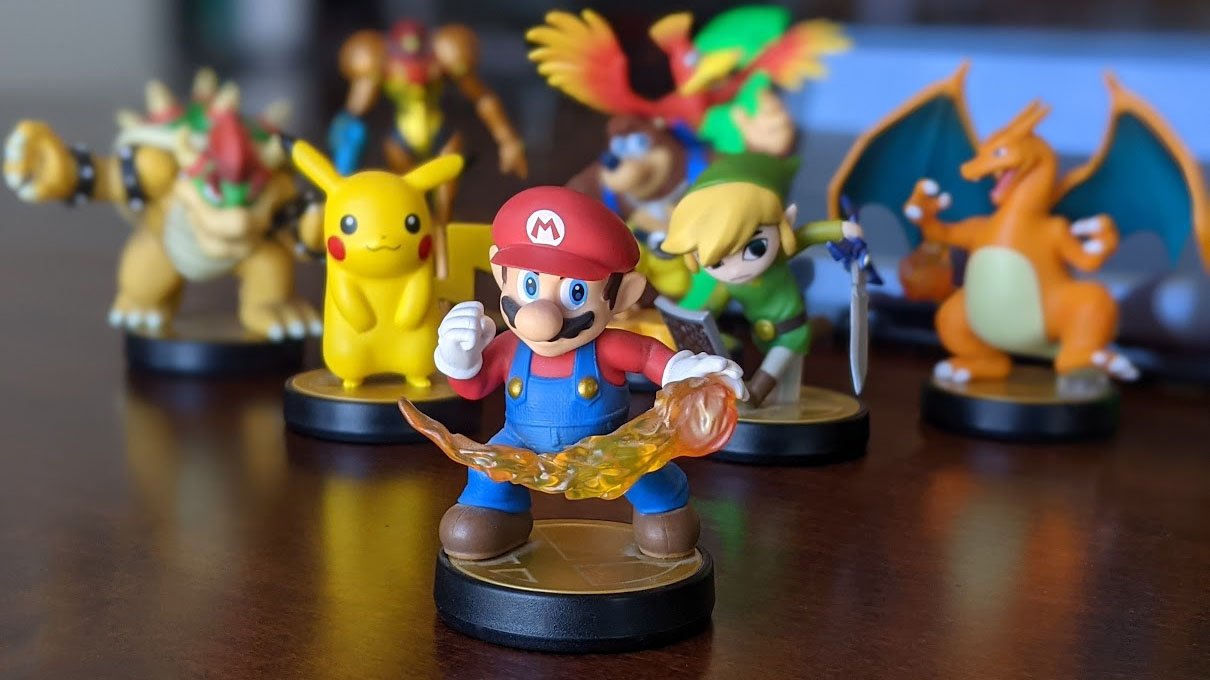
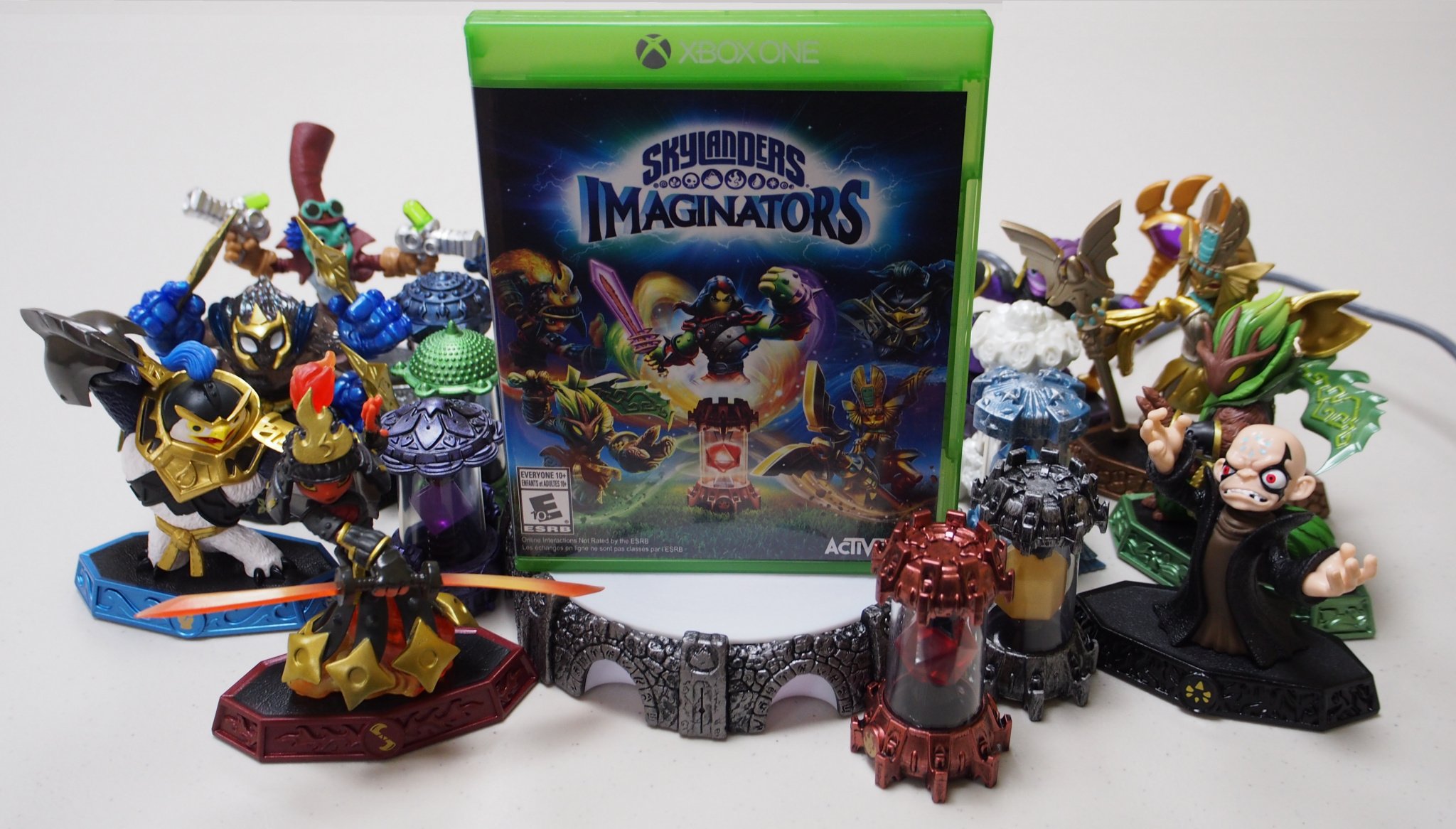
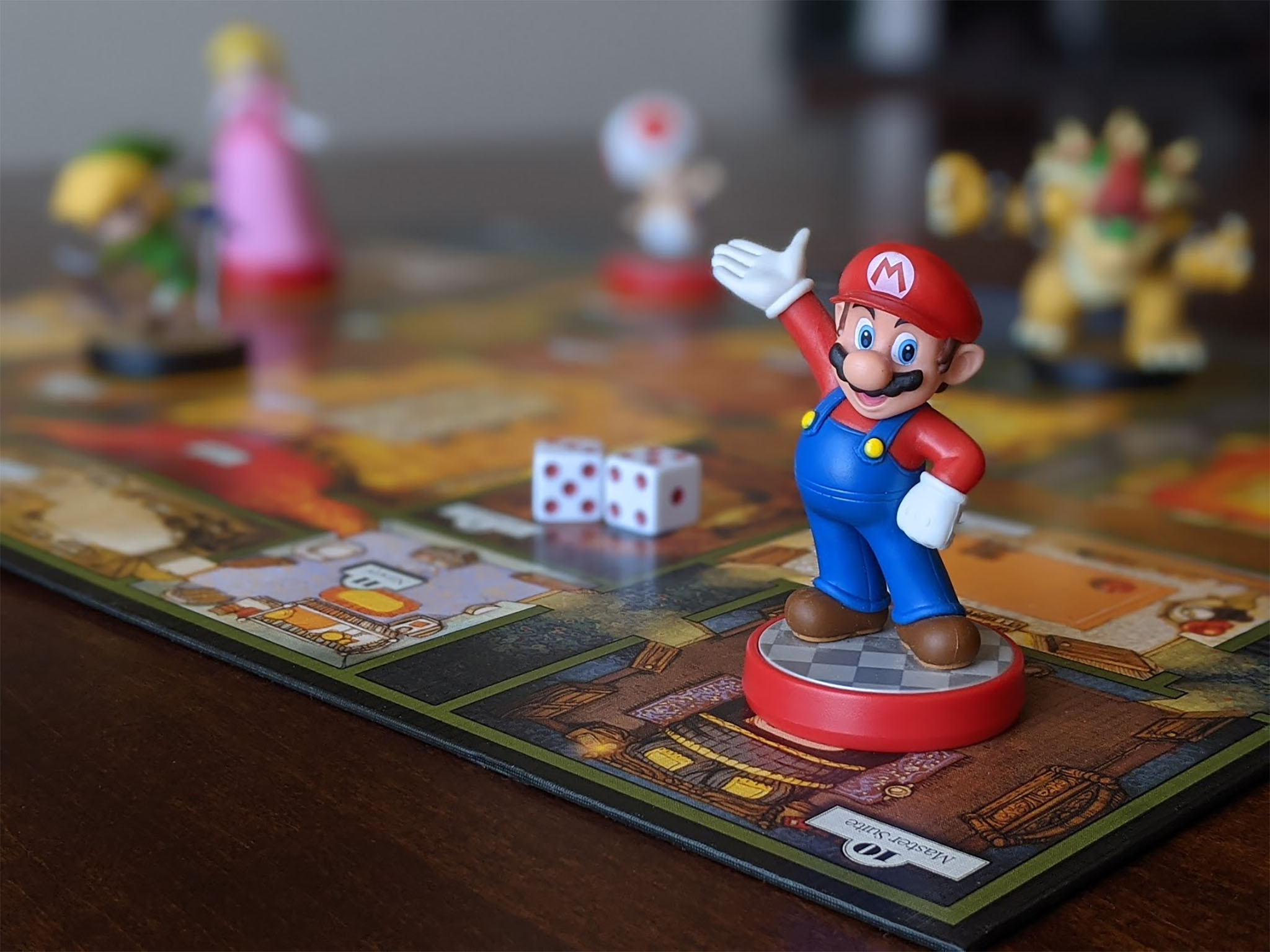
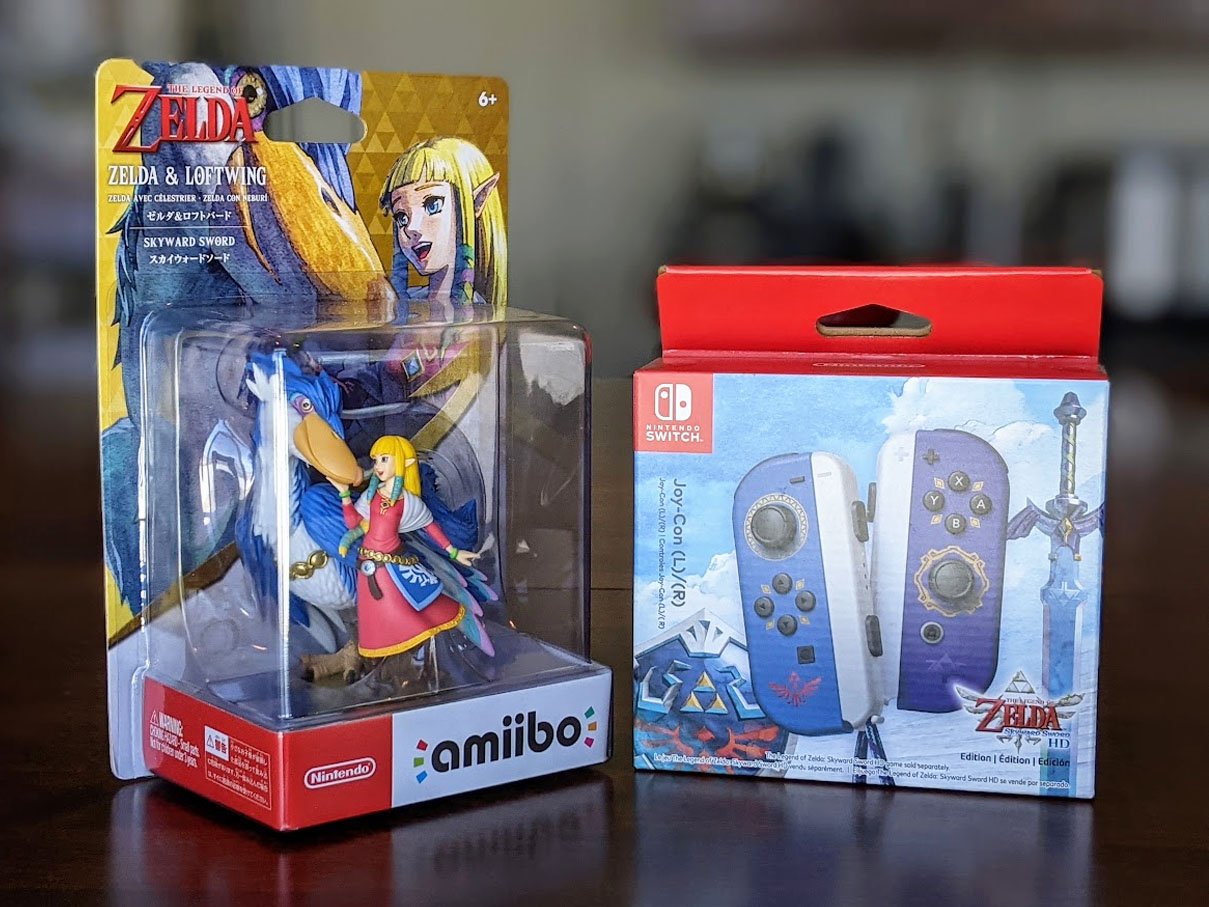
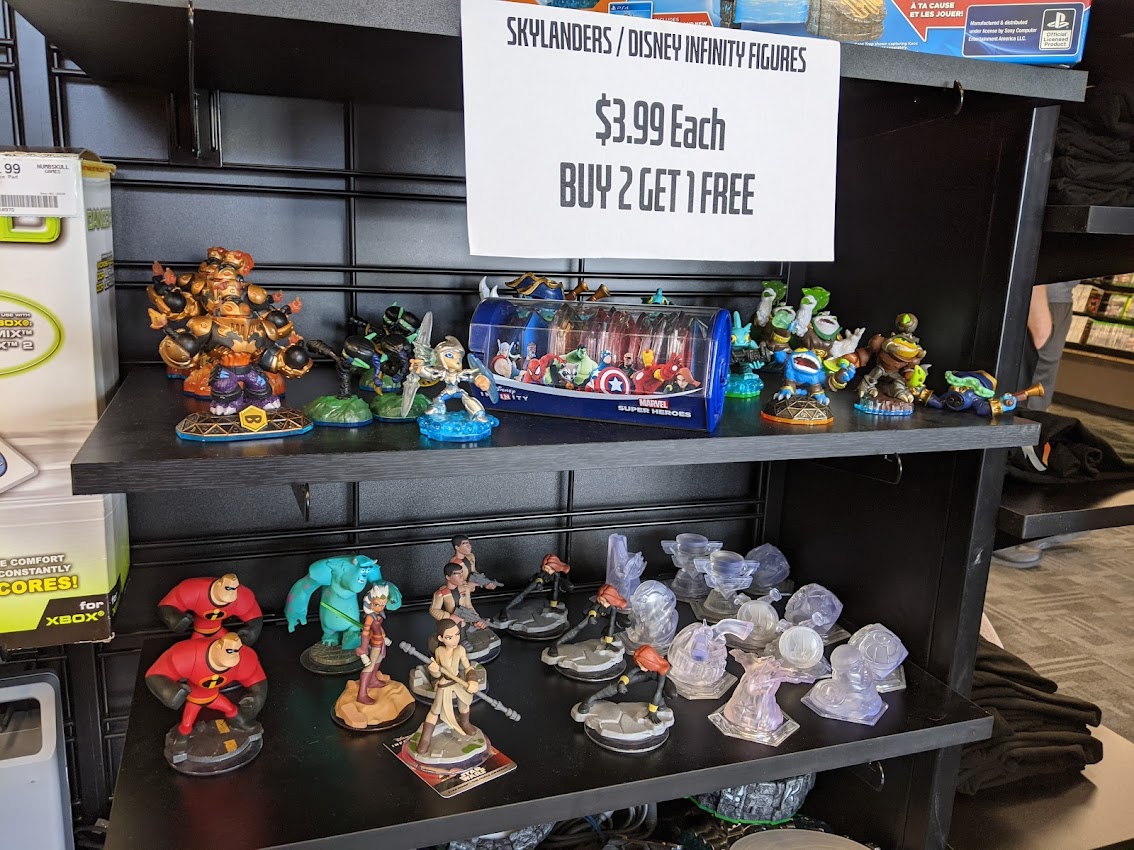



No comments: